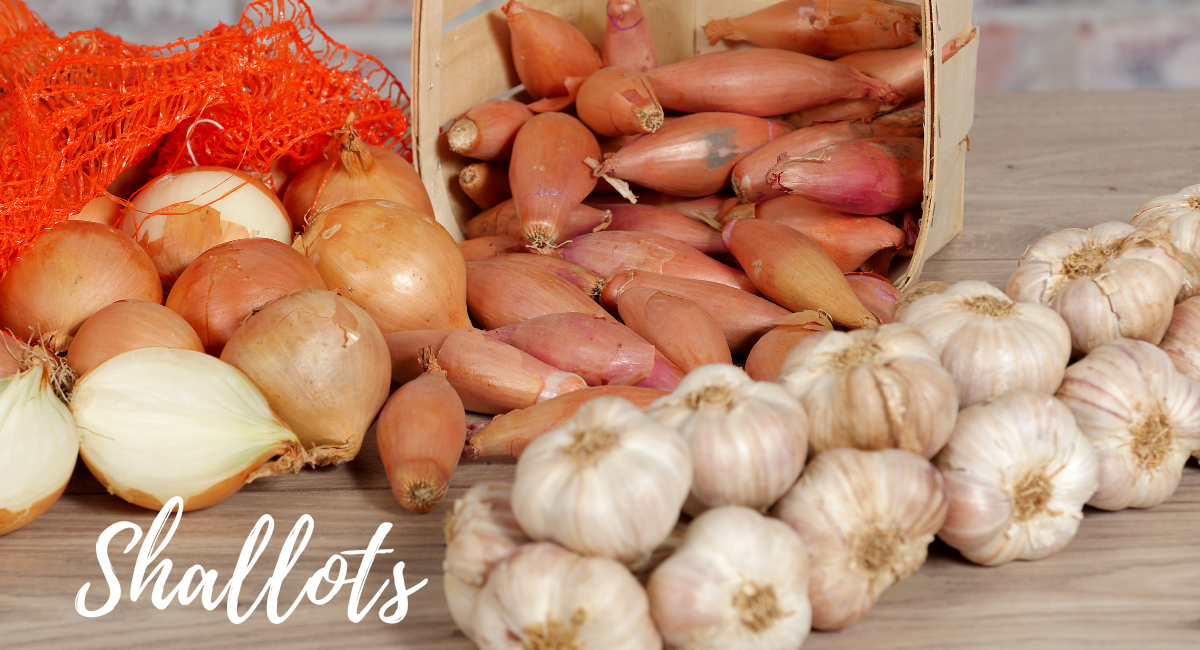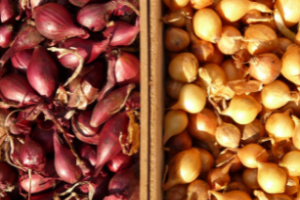Exploring the Distinctive Characteristics of Shallots and Onions

Unveiling the Unique Flavor of Shallots and Their Applications in Home Cooking
In the diverse world of culinary arts, alliums hold a revered place due to their profound ability to elevate the flavor profile of countless dishes across global cuisines.
Alliums, a family that includes onions, garlic, chives, scallions, leeks, and shallots, are fundamental to many iconic culinary preparations like French mirepoix, Spanish sofrito, and Chinese stir-fries. Despite their crucial role, these ingredients often go unappreciated for their versatility and depth of flavor, which can range from sweet and mild to sharp and pungent.
Understanding Shallots and Onions
The Botanical Connection
Belonging to the botanical family Allium cepa, onions and shallots share a familial link but boast distinct characteristics. While onions are typically available in yellow, white, and red varieties, easily accessible and straightforward in their uses, shallots present a nuanced alternative with their unique growing method and flavor profile. Unlike the single-bulb structure of onions, shallots grow in clusters with multiple bulbs, giving them an edge in both texture and ease of preparation.
Flavor Profile and Texture
Onions are known for their robust, sulfurous flavor, contributing a strong presence to cooked dishes. In contrast, shallots bring a milder, sweeter taste with a hint of garlic, offering a subtle yet complex aroma cherished by chefs worldwide. The texture of shallots, with their thin, delicate layers, allows them to melt seamlessly into dishes, cooking more quickly than onions, which maintain their crunch and structure due to their thicker layers.
The French Touch: Culinary Uses of Shallots

Shallots, often referred to as “échalotes” in French cuisine, have been celebrated for their ability to bring a touch of sophistication to dishes. Known for their versatility, they can be used in numerous culinary applications:
- In Salads and Vinaigrettes: Raw shallots can be finely sliced or chopped to add a gentle, aromatic boost to fresh greens or vinaigrettes, enhancing salads with their delicate sweetness.
- As a Base for Sauces and Soups: Sautéing shallots until they are translucent forms the flavorful foundation for many classic sauces and soups, adding depth and a refined taste.
- Roasted or Glazed: When roasted whole or halved, shallots develop a rich sweetness, making them an exquisite side dish or a flavorful addition to roasted meats.
- Confit Preparation: Slowly cooking shallots in fat results in an incredibly tender texture, perfect for enriching meat dishes or as a luxurious complement to purées.
Selecting and Storing Shallots
For optimal quality, choose shallots that are firm, free from sprouts and dark spots, and have a shiny, dry skin. Store them in a cool, dry place away from direct light to maintain freshness for up to a month. Avoid refrigeration, as it can lead to moisture accumulation and accelerate spoilage.
Health Benefits of Shallots
Beyond their culinary applications, shallots are a nutritious choice, rich in antioxidants, vitamins A and C, and flavonoids like quercetin, which support heart health and bolster the immune system.
Substituting Shallots and Onions
In terms of substitution, shallots can replace onions to some extent due to their compact nature and distinct flavor profile. They work well in smaller quantities or where a more delicate touch is needed. Conversely, if a recipe calls for shallots but only onions are available, a combination of red onions with a bit of garlic can mimic the shallots’ nuanced taste, though the flavor might be stronger.
The Price Consideration
Shallots tend to be more expensive than onions, which can be attributed to their cultivation and harvesting methods. They require specific growing conditions and often need to be hand-harvested, thus elevating their cost compared to the hardy, year-round cultivation of onions.
Conclusion
Both onions and shallots are indispensable in any kitchen, each offering unique flavors and textures. Onions are the go-to for their economic viability and versatility, while shallots, with their refined taste, are ideal for recipes where their flavor can truly shine. Incorporating these aromatic jewels into your cooking repertoire can transform ordinary dishes into extraordinary culinary experiences. As you explore their uses and benefits, let the humble yet elegant shallot inspire your next culinary creation, promising to add sophistication and depth to any meal.
